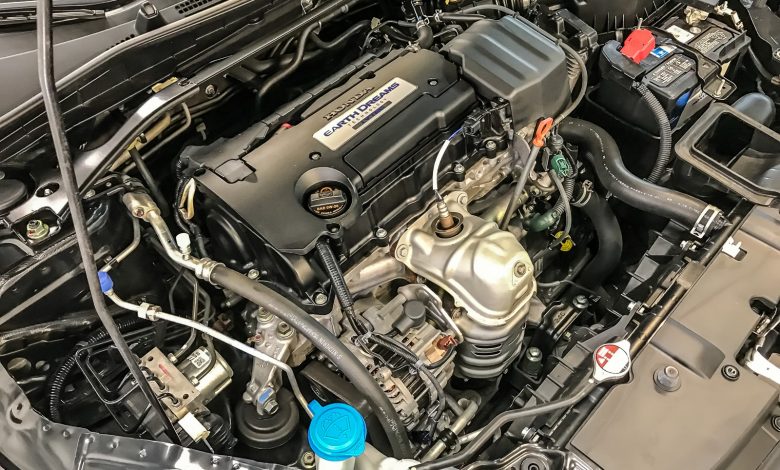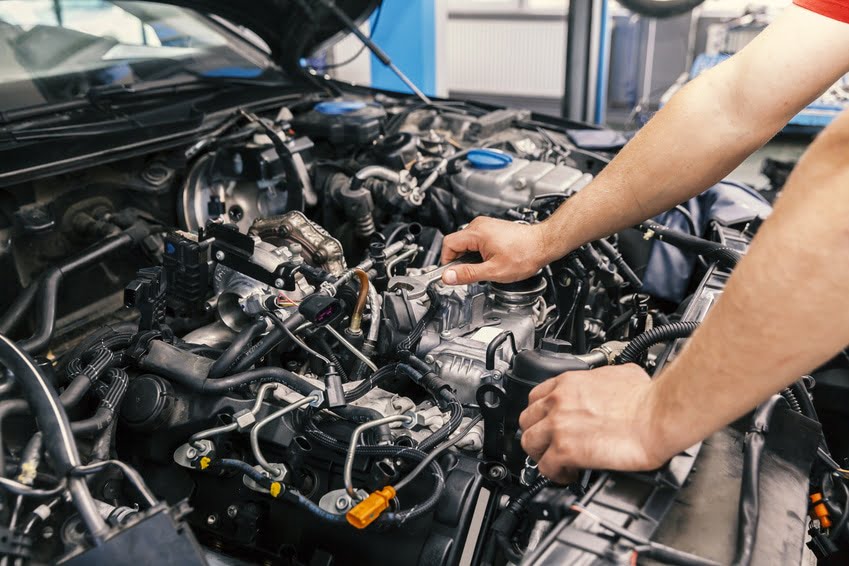10 Easy Facts About Imported Engines Explained
Wiki Article
The Best Strategy To Use For Imported Engines
Table of ContentsThe 8-Second Trick For Imported EnginesImported Engines Fundamentals ExplainedAll About Imported EnginesSome Known Details About Imported Engines A Biased View of Imported EnginesUnknown Facts About Imported EnginesRumored Buzz on Imported Engines
There are great deals of steps and stages in between the cyndrical tubes (where power is launched) and the wheels (where power is related to the road) and, at each stage, some energy is wasted. Because of that, in the worst cases, as little as 15 percent or so of the energy that was originally in the fuel you burn actually moves you later on.Left: In stop-start city driving, only about 17 percent of the energy in gasoline (green slice) provides useful power to move you down the road. The other 83 percent is wasted (red slices) in the engine, in parasitic losses (in things like the alternator, which makes electrical power), as well as in the drivetrain (between the engine as well as the wheels).
Engines with 4, 5, 6 or 8 cylinders power most of modern automobiles. There are exemptions, of program, possibly most significantly the 10-cylinder engine in the Dodge Viper or the 12-cylinder engines set up in a number of high-end deluxe cars. Most of today's vehicles use the even more typical cylinder matters.
How Imported Engines can Save You Time, Stress, and Money.
Inside each cylinder is a piston, which moves up as well as down inside the cylinder (or side to side, as we will certainly find out). Each cylinder is attached to a crankshaft. The crankshaft provides the energy developed by the burning process to the transmission and, ultimately, to the wheels that drive the vehicle.Engine cylinders are commonly set up in an upright positioning, aligned one after one more from the front to the back of the engine, or in a V-shaped alignment with an equivalent number of cylinders on each side. When engine cyndrical tubes are up and down oriented, the engine has an "inline" setup, which is used along with 4, 5, or 6 cylinders.
If an engine is mounted transversely, which is usual for front-wheel-drive lorries, the cylinders as well as crankshaft are oriented from side-to-side instead than front-to-back. Porsches and also Subarus do not utilize either an inline or a V-type engine arrangement. Instead, these designs have actually "flat opposed" cyndrical tube arrangements. Known as "flat" or "fighter" engines, these power plants have cyndrical tubes that lay flat on either side of the crankshaft, with pistons that revolve exterior towards the sides of the car, like a fighter's fists.
Imported Engines Fundamentals Explained
Now that we understand the various engine arrangements, let's discuss the distinctions in between them. Inline engines (I) are taller as well as narrower, and when they are placed transversely, enable designers to develop an automobile with a smaller front end. V-type engines (V) sit lower with a better center of mass, and this layout is extra space-efficient with a higher numbers of cylinders.When you incorporate the engine setup with the number of cyndrical tubes, the resulting recommendations are as complies with: I-4, I-5, I-6, V-6, V-8, V-10, V-12, H-4, H-6.
Engines are machines that transform a resource of energy right into manual labor. If you require something to move, an engine is just things to put onto it. However not all engines are made the same, and also different kinds of engines definitely don't function the exact same. Photo credit reports Little Visuals/ Pixabay (imported engines).
The Only Guide for Imported Engines

The majority of thermal engines also see some overlap with chemical drive systems. They can be airbreathing engines (that take oxidizer such as oxygen from the environment) or non-airbreathing engines (that have actually oxidizers chemically tied in the fuel).
IC engines acquire power from gas burned inside a specific location of the system called a combustion chamber. The procedure of burning creates reaction products (exhaust) with a much better total volume than that of the reactants incorporated (gas and oxidizer). This growth is the real bread and butter of IC engines this is what actually provides the motion.
Facts About Imported Engines Uncovered
In some areas, EC engines work similarly to their IC equivalents they both require warm which is obtained by melting stuff., fluid (the Organic Rankine cycle engine), or undergo a modification of phase (as in the vapor engine) find out this here for IC engines, the fluid is nearly widely a fluid fuel as well as air mix that ignites (changes its chemical structure).If you're not troubled by their weight, dimension, and also require a constant supply of work, they're awesome. EC is currently utilized with wonderful success as steam wind turbine engines for marine procedures and also power plants. Nuclear power applications have the distinction of being called or because they run on the same principles of EC engines however don't acquire their power from burning.
Ramjet engines, which are usually thought about easier as well as extra reliable as they include fewer (as much as none) moving parts, have a peek here are likewise airbreathing jet engines however fall under the ram-powered course. The distinction in between both is that ramjets rely on sheer speed to feed air into the engine, whereas turbojets utilize wind turbines to pull in as well as press air right into the burning chamber.
The 7-Second Trick For Imported Engines

Non-airbreathing jet engines, or, work similar to jet engines without the front bit since they don't need external product to maintain burning. We can use them precede because they have all the oxidizer they require, evacuated in the gas. They are among minority engine types to consistently make use of strong fuels.
Well, in that instance, you require: Electrical engines Ah yes, the tidy gang. There are three types of timeless electrical engines: magnetic, piezoelectric, and electrostatic.
Some Known Incorrect Statements About Imported Engines
The 2 are separated by an air void. Generally, magnets are installed right into the stator as well you could check here as the conductor is wound around the rotor, yet both are interchangeable. Magnetic motors are additionally geared up with a commutator to move electrical flow and regulate the generated magnetic area as the blades is rotating to keep rotation.Report this wiki page